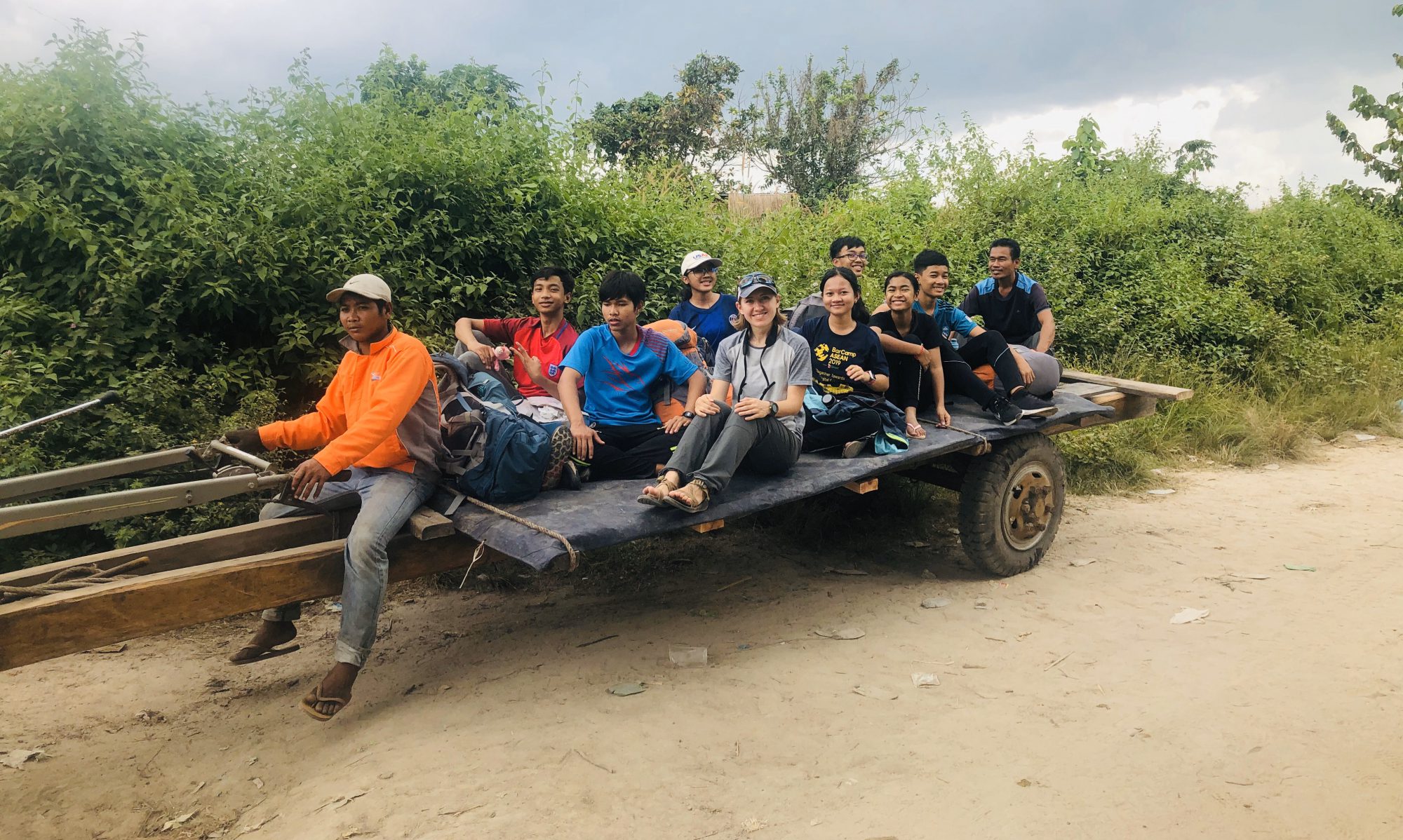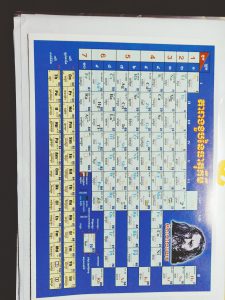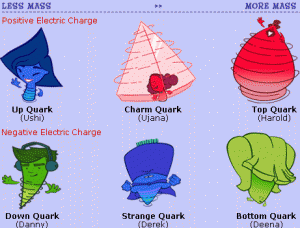In the past few week, I have been learn about the researching skill. My teacher have tough different styles of research some information. Why do we do the research ? Well, this is the question that my teacher put for me to answer. Actually we doing the research to know what we don’t know, to research what we don’t understand, to explore something new, the task and to entertain yourself. We learn three different styles of research and learn.
The first one is To know exactly about our research we need to know the beginning our our research, our topic, the important question, some WH questions and know some key words. If we ask some good questions and the important question, we would get very very good information and useful. For WH questions we have, who, what, when, where, why, whom and how.
Then KWL chart also known as Know, What, Learn. In this style we create the chart and divide with three column fill with Know, What and Learn. Know is what we already know about our topic. What is what we want to know about our topic. Learn is after we research, what do we learn from research. For example I research about Cambodia. What I already know is that Cambodia is located in Southeast Asia. Angkor Wat is located in Cambodia. For what I want to know the population in Cambodia and any questions that I want to know from Cambodia. I know that Cambodia have 24 province and one city. Cambodia is one of the oldest country in the world.
Last but not least, Mind Map. It’s the map that shows us the connection of our topic. For example when I research about Cambodia, I draw out a line and I put Southeast Asia. I draw out one more line and put country. You will learn more about the picture below.
When we research, we will have to much sources for us to choose. For the sources we have two differents sources, Primary Sources and Secondary Source. Primary Sources is something that is recorded directly or firsthand about an event, object, person or work of art. For Example we have Interview, Newspaper articles, Speeches, Video Recording and work of arts. These are all the Primary Sources. Secondary Sources is they created after or they already know from book and they rewrite it. For Example Textbooks, Book/ Movie reviews and Biography.
How do we research ? Well we have two kinds of research. Myth : “ Research is about finding the answer you want “. Reality : “ Research is about letting what you find guide you an answer you may or may not expect “.
Searching Challenge is really hard for us. When it is to much result we can’t decide which one we would choose or which one is the right one. If we put the quotation mark it will give the answer that we expect and exact word that you looking for. For example, “ Cambodia “. Give it a try!. I have some useful tip for you to research what you want or expect. It’s call Boolean Word. It’s the use of And, Or and Not.
- “ And “ is all the word(s)
- “ Or “ is any of the word(s)
- “ Not “ is none of the word(s)
Example, I research about Angkor. I would type “ Angkor not beer “. Because if you put angkor sometimes it will give you the beer picture instead of temple.
Minus Sign is we you the sign minus to not include the word that we don’t want. Example is The Great Wall-movie.
I have a question for you. What is Credible Sources ? Think for five second and do you get it ? No! Well, it’s the source that real or something that believable. The sources that is real or Credible Sources is you look at the the end of the websites. The credible sources are :
- .gov
- .edu
- .org
- .uk
- Non Fiction
Website that end with something above, it’s really helpful and real. Some website that is not credible are :
- Wikipedia
- Blog / Personal website
- Fiction books
- Biased Magazin
After you read what I have write from above, Do you learn anything new ? Is it helpful ? Do you ever hear that before ? Myself, I don’t know that before too after I learn from my teacher. Next time, Hope you search something to find better result for you.




